Taming the beast known as contrast is often a photographer’s biggest challenge. As the photographer, your task is usually to decide what’s most important and then compromise on the exposure accordingly, based on the various elements in your scene.
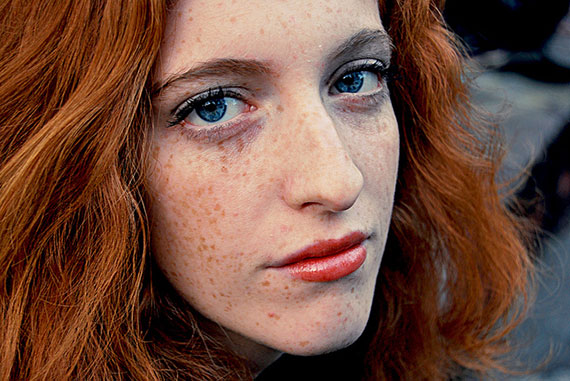
Photo by DeaVanesium; ISO 200, f/5.6, 1/40-second exposure.
Here’s a typical situation: you’re by a lake. It’s late evening and the sun is setting. The warm sunlight is coming off the water and at an extremely low angle.
Your subject is bathed in warm light but one side of her face is in heavy shadow. Your camera meter suggests 1/250 of a second at f/8 at ISO 100. You whip out your trusty DSLR and you shoot your picture—hopefully you’re shooting on manual. This is the best mode to shoot if you want to master your camera. Manual mode allows you to see the metadata of each picture you take so that you can troubleshoot when things go wrong. Automatic, aperture, shutter, and program mode tell you nothing if things go wrong so you won’t be able to learn how to correct your picture taking mistakes. You look at your efforts, and you see that one side of her face is underexposed, but the other side looks perfect—at least on the little LCD monitor.
What your eyes see in the monitor depends on how bright the ambient light is. I’m sure you’ve been burned at least once trusting your eyes as they look at an image right after you take a picture. The more reliable method is to enable the histogram view in the LCD and learn how to interpret that.
You may have heard this next piece of advice somewhere. Move in closer and fill the frame or viewfinder with your subject. This gives your camera a better chance of getting an accurate reading. This time you fill the frame and the meter suggests 1/250 of a second at f/5.6 at ISO 100. That is an increase in one f-stop of exposure, i.e., opening the aperture from f/8 to f/5.6.
Your next picture shows an improvement, or does it really? Now you can actually see the shadow side of your subject better. But there is a downside. The side of her face closest to the light is now so over-exposed, you can’t see any detail in the highlight area. Face it, you have to choose between losing detail in the shadow side of your subject’s face or highlight detail.
You have two options:
- Boost the shadow side with a reflector or a flash.
- Have your subject turn so that both sides of her face are lit more evenly by the light.
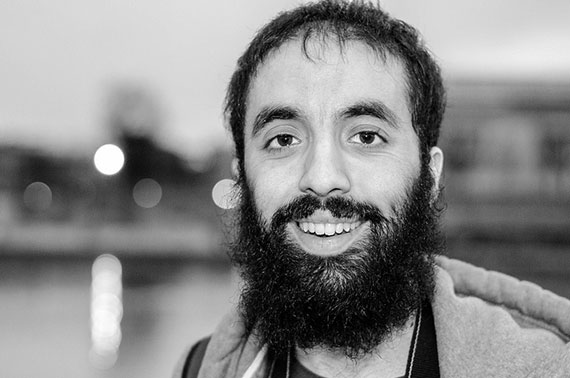
Photo by Christophe LEUNG; ISO 5000, f/2.2, 1/125-second exposure.
Typically at this late hour in the evening, you have to work fast because the sun is setting and the light levels drops quickly. So why did you choose a shutter speed of 1/250 of a second? The foremost reason: 1/250 of a second is the highest shutter speed our camera will sync with our flash units.
This shutter speed may vary from model to model, but the typical highest sync speed—whether it’s a Nikon or Canon camera—these days is 1/250 or 1/200 of a second. You could use the equivalent exposures of 1/125 of a second at f/8, 1/60 at f/11 and 1/30 at f/16, but why would you? This is a portrait situation and you want the background to be as blurred out as possible. Besides, our mnemonic device, Seasoned Apples Smell Nutty to Blushing Bachelors, tells us to “Set Aperture to Small Number to Blur Backgrounds.” And to compensate for that large number f-stop or aperture, you should use your longest lens. If you take a picture with a telephoto versus a wide angle lens, you will find that the longer focal length lens blurs out the background more than a wide angle lens.
Using the Built-In Flash
After selecting your lens, you now decide you like the pretty warm light that you see on your subject. To maintain that look, you will have to supplement or fill the shadow side of your subject’s face. A reflector is perhaps the easiest fix if you have someone to hold it for you as you shoot. But unless you know beforehand that you’ll have an extra set of hands, the more practical thing to do is to use flash. Most consumer grade DSLRs have a built-in flash that pops up. They remind me of a crab’s eye. To turn them on, you usually have to switch the camera to “Manual” mode, then press a button somewhere. On Canon DSLRs, that button is located near the red dot of your lens. When your little flash pops up, all you have to do is compose your picture and fire away. For those of you who want even more control, you can try this:
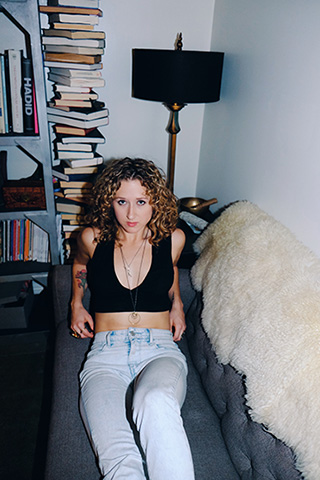
Photo by Mike Von
- Push the button to illuminate the LCD panel on the top of your camera.
- Press the Flash exposure compensation button.
- Dial in the amount of fill flash you want. This is just a fancy way of telling your camera flash how much light to kick into the scene.
If you want to overpower the ambient light by one stop, all you have to do is to turn the Quick Dial on the back of your camera clockwise or to the right and the flash should overpower the ambient light setting by 1 or 2 stops with 1/3 stop increments. The camera figures out that how much power the flash needs to put out to fill the shadow side of the face without any fuss whatsoever. A portrait without fill flash is not too bad, but if you were to print it, you’ll see that you can’t see your subjects face that’s in shadow. On the computer screen, it looks alright but trust me. What you see on your monitor doesn’t always print because it is beyond what is reproducible on print. The picture shot using the built-in flash on automatic or the default setting will print very nicely because the range of the brightest highlight to the darkest shadow has been narrowed. For even more control, an off-the-camera extension sync cord is even better. Stay tuned for my next article on why I think this accessory is an absolute necessity.
About the Author:
Peter Phun is an adjunct photography instructor at Riverside City College (http://www.peterphun.com). He is a freelance photographer, web designer, and stay at home dad. He previously worked as a staff photographer for 18 years at The Press-Enterprise, SoCal’s 4th largest daily newspaper. Peter is the webmaster for the Mac group in the Inland Empire.
Like This Article?
Don't Miss The Next One!
Join over 100,000 photographers of all experience levels who receive our free photography tips and articles to stay current:

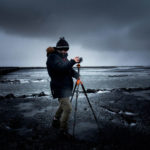

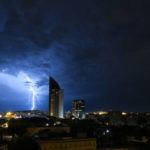

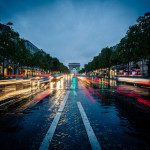
Thanks Peter, this article it’s just amazing. I’m tuning up my D40 ;-)~